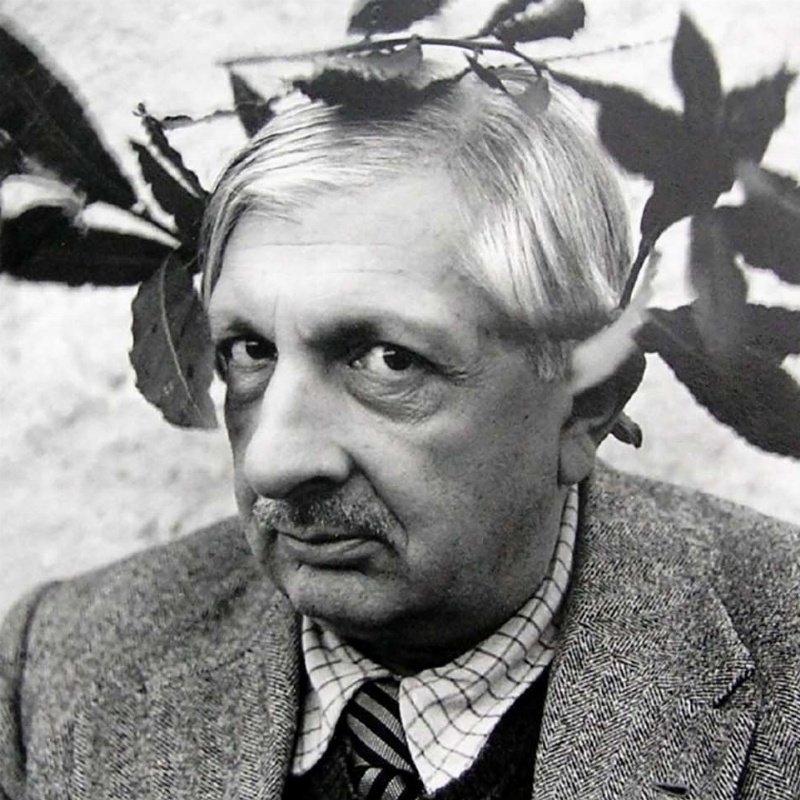
Evaluation Giorgio De Chirico
Giorgio De Chirico Valuations - Want to sell a Giorgio De Chirico piece? Request a complimentary and confidential valuation!Colasanti Casa d'Aste will review your submission and offer a free-of-charge estimate, if your item is suitable for our auctions.
biography
Giorgio De Chirico was born on July 10, 1888, in Volos, Greece, to Italian noble parents. His father, Evaristo, was a Sicilian-born railway engineer, and his mother, Gemma Cervetto, was a noblewoman from Genoa. He spent his childhood between Volos and Athens, where he began his first drawing lessons. After his father's death in 1906, the family moved to Munich, where De Chirico studied at the Academy of Fine Arts, drawing inspiration from artists like Böcklin and Klinger and studying philosophers such as Nietzsche and Schopenhauer.
In 1910, he began developing his metaphysical painting style, inspired by deserted squares and monumental architecture, becoming a leading innovator of metaphysical art. Between 1911 and 1915, he lived in Paris, exhibiting at annual salons, and during World War I he stayed in Ferrara, where he met artists like Carlo Carrà and Filippo De Pisis. In 1919, he held his first solo exhibition in Rome and participated in numerous exhibitions in Italy and abroad, influencing the Surrealist movement.
In the 1920s, De Chirico adopted a more classical style inspired by old masters and lived again in Paris from 1924 to 1929. In 1926, he joined the Novecento movement, which caused criticism and estrangement from some artistic circles. Later, he also worked in theater and sculpture, and in the 1970s he developed "Neometaphysics," revisiting his iconic subjects. He died in Rome on November 20, 1978, leaving a fundamental legacy in modern Italian art.
In 1910, he began developing his metaphysical painting style, inspired by deserted squares and monumental architecture, becoming a leading innovator of metaphysical art. Between 1911 and 1915, he lived in Paris, exhibiting at annual salons, and during World War I he stayed in Ferrara, where he met artists like Carlo Carrà and Filippo De Pisis. In 1919, he held his first solo exhibition in Rome and participated in numerous exhibitions in Italy and abroad, influencing the Surrealist movement.
In the 1920s, De Chirico adopted a more classical style inspired by old masters and lived again in Paris from 1924 to 1929. In 1926, he joined the Novecento movement, which caused criticism and estrangement from some artistic circles. Later, he also worked in theater and sculpture, and in the 1970s he developed "Neometaphysics," revisiting his iconic subjects. He died in Rome on November 20, 1978, leaving a fundamental legacy in modern Italian art.















